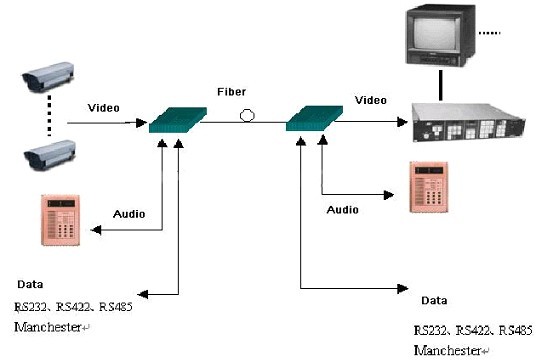- Fiber Optic Transceiver Module
- High Speed Cable
- Fiber Optical Cable
- Fiber Optical Patch Cords
- Splitter CWDM DWDM
- PON Solution
- FTTH Box ODF Closure
- PCI-E Network Card
- Network Cables
- Fiber Optical Adapter
- Fiber Optical Attenuator
- Fiber Media Converter
- PDH Multiplexers
- Protocol Converter
- Digital Video Multiplexer
- Fiber Optical Tools
- Compatible
- Can SFP+120KM be available? ...
- Why the price has so huge di...
- Can XFP transceiver modules ...
- Must optical fiber jumper be...
- Is there a module which can ...
- Can different brands SFP tra...
- How long will you change you...
- The difference between DDM S...
- Comparison of EPON and GPON
- Should we use 3rd party’s ...
- How to make differences betw...
- What is Drop Cable?
- Comparison of CWDM and DWDM ...
- GEPON Technology
- Differences of OM1, OM2, OM3...
- What is the armored fiber op...
- What is DAC cable?
- How to Choose A Right Fusion...
- Why Using a Compatible SFP O...
- Optical fiber transmission l...

What is multiplexing and why is multiplexing needed in data communication?
What is multiplexing and why is multiplexing needed in data communication? In electronics, telecommunications and computer networks, multiplexing (short muxing) is a term used to refer to a process where multiple analog message signals or digital data streams are combined into one signal over a shared medium. The aim is to share an expensive resource. For example, in electronics, multiplexing allows several analog signals to be processed by one analog-to-digital converter (ADC), and in telecommunications, several phone calls may be transferred using one wire.
What is the importance of multiplexing in data communication? In communications, the multiplexed signal is transmitted over a communication channel, which may be a physical transmission medium. The multiplexing divides the capacity of the low-level communication channel into several higher-level logical channels, one for each message signal or data stream to be transferred. A reverse process, known as demultiplexing, can extract the original channels on the receiver side.
Figure 1: Fiber Optic Mutiplexer typical application
Why we need multiplexing? Multiplexing technique is designed to reduce the number of electrical connections or leads in the display matrix. Whereas driving signals are applied not to each pixel (picture element) individually but to a group of rows and columns at a time. Besides reducing the number of individually independent interconnections, multiplexing also simplifies the drive electronics, reduces the cost and provides direct interface with the microprocessors. There are limitations in multiplexing due to complex electro-optical response of the liquid crystal cell. However, fairly reasonable level of multiplexing can be achieved by properly choosing the multiplexing scheme, liquid crystal mixture and cell designing.
PS: SOPTO supplies Fiber Optical Multiplexer, PDH Multiplexer and Digital Video Multiplexer. Welcome to contact us for product's price and info.
Tag: Fiber Optic Multiplexer , PDH Multiplexer, Digital Video Multiplexer



